
Deutsch-Chinesische Enzyklopädie, 德汉百科

 Architecture
Architecture
 Gothic architecture
Gothic architecture

 Architecture
Architecture
 Baroque / Rococo architecture
Baroque / Rococo architecture

 History
History
 L 1000 - 1500 AD
L 1000 - 1500 AD
 Vltava
Vltava
 Czech Republic
Czech Republic


查理大桥(捷克语:Karlův most ![]() listen 帮助·信息)是捷克共和国首都布拉格市内,一座跨越伏尔塔瓦河的著名的历史桥梁。精确定位:
listen 帮助·信息)是捷克共和国首都布拉格市内,一座跨越伏尔塔瓦河的著名的历史桥梁。精确定位: 50°5′11.21″N 14°24′42.68″E。它由查理四世始建于1357年,完成于15世纪初。直到1841年,作为跨越伏尔塔瓦河的唯一桥梁,查理大桥是联接老城与布拉格城堡及邻近地区最重要的通道,也使得布拉格成为东西欧之间重要的贸易通道。该桥最初称为“石桥”(Kamenný most)或“布拉格桥”(Pražský most),直到1870年才命名为“查理大桥”。
50°5′11.21″N 14°24′42.68″E。它由查理四世始建于1357年,完成于15世纪初。直到1841年,作为跨越伏尔塔瓦河的唯一桥梁,查理大桥是联接老城与布拉格城堡及邻近地区最重要的通道,也使得布拉格成为东西欧之间重要的贸易通道。该桥最初称为“石桥”(Kamenný most)或“布拉格桥”(Pražský most),直到1870年才命名为“查理大桥”。
查理大桥长516米,宽约10米,16个桥拱,两端有3座桥塔,其中两座位于布拉格小城一侧,一座位于布拉格老城一侧。老城桥塔经常被认为是世界上最令人惊讶的世俗哥特式建筑之一。该桥上安放有30座雕塑,其中多数为巴洛克风格,竖立于1700年前后。
在夜间,查理大桥是一个非常宁静的地方。但是在日间,却摇身一变,成为一个热闹的地点,无数的游客经过此桥,身旁是画家、商亭主人和其他商贩。
カレル橋(カレルばし、チェコ語: Karlův most)はチェコ共和国の首都、プラハを流れるヴルタヴァ川に架かる橋である。
神聖ローマ皇帝カール4世の治世下1357年に建設が始まり1402年に完成した[1]。建築家ペトル・パルレーの設計による。1841年までプラハ旧市街とその周囲をつなぐ唯一の橋であった。また、西欧と東欧の交易ルートとしてプラハが重要な地位を占めるようになった。最初は単に石橋、プラハ橋と呼ばれていたが1870年よりカレル橋と呼ばれるようになった。
橋の長さは515.7メートル、幅は9.5メートル。15のアーチの上に、砂岩の切石の橋桁が渡されている。また橋を守るために3つの橋塔が建てられており、とくに旧市街側の橋塔はゴシック様式の建築として名高い。橋の欄干には15体ずつ、合計30体の彫刻が並んでいる[2]。その多くはバロック様式である。最も古いものは「十字架像」で1361年の文書に登場する。その後ボヘミア王イジー・ス・ポジェブラト騎馬像やライオン像などが据えられていたと考えられているが、三十年戦争の間に十字架像を除いて全て破壊されたとされる[3]。その後1683年、ヤン・ネポムツキー像が新たに据えられた[4]。その後1714年までの間に合計28体の彫像が製作され据付けられた[4][3]。これらの彫像の中で著名なものは「十字架像(ゴルゴダの丘で磔にされたキリスト像,Crucifix and Calvary)」、「ブルンツヴィーク像(Bruncvík column)」と「聖人ヤン・ネポムツキー像(St. John of Nepomuk)」である[5]。この聖人ヤン・ネポムツキー像の基部にあるネポムツキーのレリーフに触れると幸運が訪れるといわれ多くの人に触られたためつるつるになっている。また、最も古くから存在した十字架像のオリジナルはプラハ国立博物館に保管され、現在橋に設置されているものは1629年に製作[3]されたものである。
昼間のカレル橋は観光客で賑わい、橋の上には多くの露店が並ぶ。また、大道芸、見世物、ジャズ演奏なども行なわれる。夜になるとプラハ城やカレル橋がライトアップされ、夜の散歩を楽しむ人々の通りになる。
Charles Bridge (Czech: Karlův most [ˈkarluːf ˈmost] (![]() listen)) is a historic bridge that crosses the Vltava river in Prague, Czech Republic. Its construction started in 1357 under the auspices of King Charles IV, and finished in the beginning of the 15th century.[2] The bridge replaced the old Judith Bridge built 1158–1172 that had been badly damaged by a flood in 1342. This new bridge was originally called Stone Bridge (Kamenný most) or Prague Bridge (Pražský most) but has been "Charles Bridge" since 1870.[2] As the only means of crossing the river Vltava (Moldau) until 1841, Charles Bridge was the most important connection between Prague Castle and the city's Old Town and adjacent areas. This "solid-land" connection made Prague important as a trade route between Eastern and Western Europe.
listen)) is a historic bridge that crosses the Vltava river in Prague, Czech Republic. Its construction started in 1357 under the auspices of King Charles IV, and finished in the beginning of the 15th century.[2] The bridge replaced the old Judith Bridge built 1158–1172 that had been badly damaged by a flood in 1342. This new bridge was originally called Stone Bridge (Kamenný most) or Prague Bridge (Pražský most) but has been "Charles Bridge" since 1870.[2] As the only means of crossing the river Vltava (Moldau) until 1841, Charles Bridge was the most important connection between Prague Castle and the city's Old Town and adjacent areas. This "solid-land" connection made Prague important as a trade route between Eastern and Western Europe.
The bridge is 621 metres (2,037 ft) long and nearly 10 metres (33 ft) wide, following the example of the Stone Bridge in Regensburg, it was built as a bow bridge with 16 arches shielded by ice guards.[2] It is protected by three bridge towers, two on the Lesser Quarter side (including the Malá Strana Bridge Tower) and one on the Old Town side, the Old Town Bridge Tower. The bridge is decorated by a continuous alley of 30 statues and statuaries, most of them baroque-style, originally erected around 1700 but now all replaced by replicas.
Repairs are scheduled to start in late 2019, they should take around 20 years.
Le pont Charles (en tchèque : Karlův most Prononciation tchèque ) est un pont qui relie la Vieille-Ville de Prague (Staré Město en tchèque) au quartier de Malá Strana. Construit au XIVe siècle, il sera le seul pont sur la Vltava (la Moldau) jusqu'en 1741.
Symbole de la ville, incontournable pour les touristes, il est envahi de musiciens, d'artistes divers, de bonimenteurs et de camelots. Son nom fait référence au roi Charles IV qui n'eut de cesse d'embellir Prague. Sa construction a servi à remplacer l'ancien pont Judith édifié quelques mètres en amont et emporté par la Vltava en crue en 1342.
Il ponte Carlo (in ceco Karlův most) è uno storico ponte in pietra sulla Moldava, situato nella città di Praga, e collega la Città Vecchia al quartiere di Malá Strana: è (forse) il più famoso monumento della capitale della Repubblica Ceca. Misura 515 metri di lunghezza e 20 metri di larghezza Il ponte è una delle più grandi attrazioni turistiche della città, ed è molto frequentato dagli artisti di strada, dai musicisti e dai venditori di "souvenir" durante tutto l'anno.
El puente de Carlos (en checo, Karlův most) es el puente más viejo de Praga, y atraviesa el río Moldava de la Ciudad Vieja a la Ciudad Pequeña. Es el segundo puente más antiguo existente en la República Checa.
Su construcción comenzó en 1357 con el visto bueno del rey Carlos IV, y fue finalizado en 1402. Dado que en ese entonces constituía la única forma de cruzar el río, el Puente de Carlos se transformó en la vía de comunicación más importante entre la Ciudad Vieja, el Castillo de Praga y las zonas adyacentes hasta 1841. El puente fue también una conexión importante para el comercio entre la Europa Oriental y la Occidental.
Originalmente esta vía de comunicación se llamaba Puente de Piedra (Kamenný most) o Puente de Praga (Pražský most), pero lleva su denominación actual desde 1870.
El puente tiene una longitud de 516 metros y la anchura es de casi 10 metros, al tiempo que se encuentra apoyado en 16 arcos. Está protegido por 3 torres distribuidas entre sus dos cabeceras, dos de ellas en Malá Strana y la restante en el extremo ubicado en la Ciudad Vieja. La torre localizada en la cabecera de la Ciudad Vieja es considerada por muchos como una de las construcciones más impresionantes de la arquitectura gótica en el mundo. El puente está decorado por 30 estatuas situadas a ambos lados del mismo, la mayor parte de las cuales son de estilo barroco y fueron esculpidas alrededor del 1700.
Durante las noches, el Puente de Carlos es un testigo silencioso de los tiempos medievales. Pero durante el día, su cara cambia completamente y se transforma en un sitio muy transitado. Artistas y comerciantes tratan de hacer dinero a expensas del importante flujo de turistas que todos los días visitan el lugar.



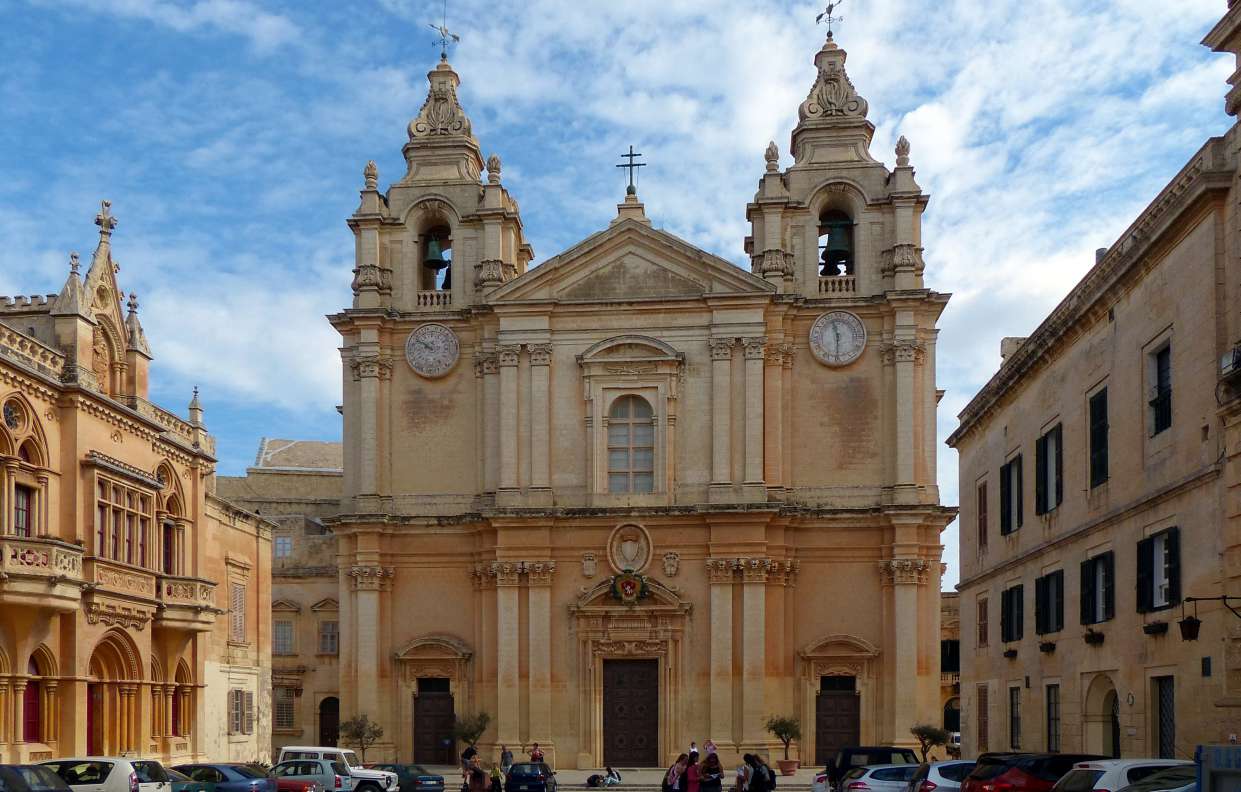

Die Kathedrale von Birmingham (Cathedral Church of Saint Philip) ist eine Kathedrale der anglikanischen Kirche und der Bischofssitz in der englischen Stadt Birmingham. Sie wurde zunächst als Pfarrkirche errichtet und 1715 konsekriert. 1905 erhielt sie dann den Status einer Kathedrale und wurde Sitz der neu entstandenen anglikanischen Diözese von Birmingham. In England ist sie nach der Kathedrale von Derby und nach der Kathedrale von Chelmsford die drittkleinste Kathedrale und wurde im Stil des Barock erbaut.

 Architecture
Architecture
 Gothic architecture
Gothic architecture

 Architecture
Architecture
 Romanesque architecture
Romanesque architecture

 Architecture
Architecture
 Renaissance architecture
Renaissance architecture

 Architecture
Architecture
 Baroque / Rococo architecture
Baroque / Rococo architecture

 Emilia-Romagna
Emilia-Romagna

 Religion
Religion
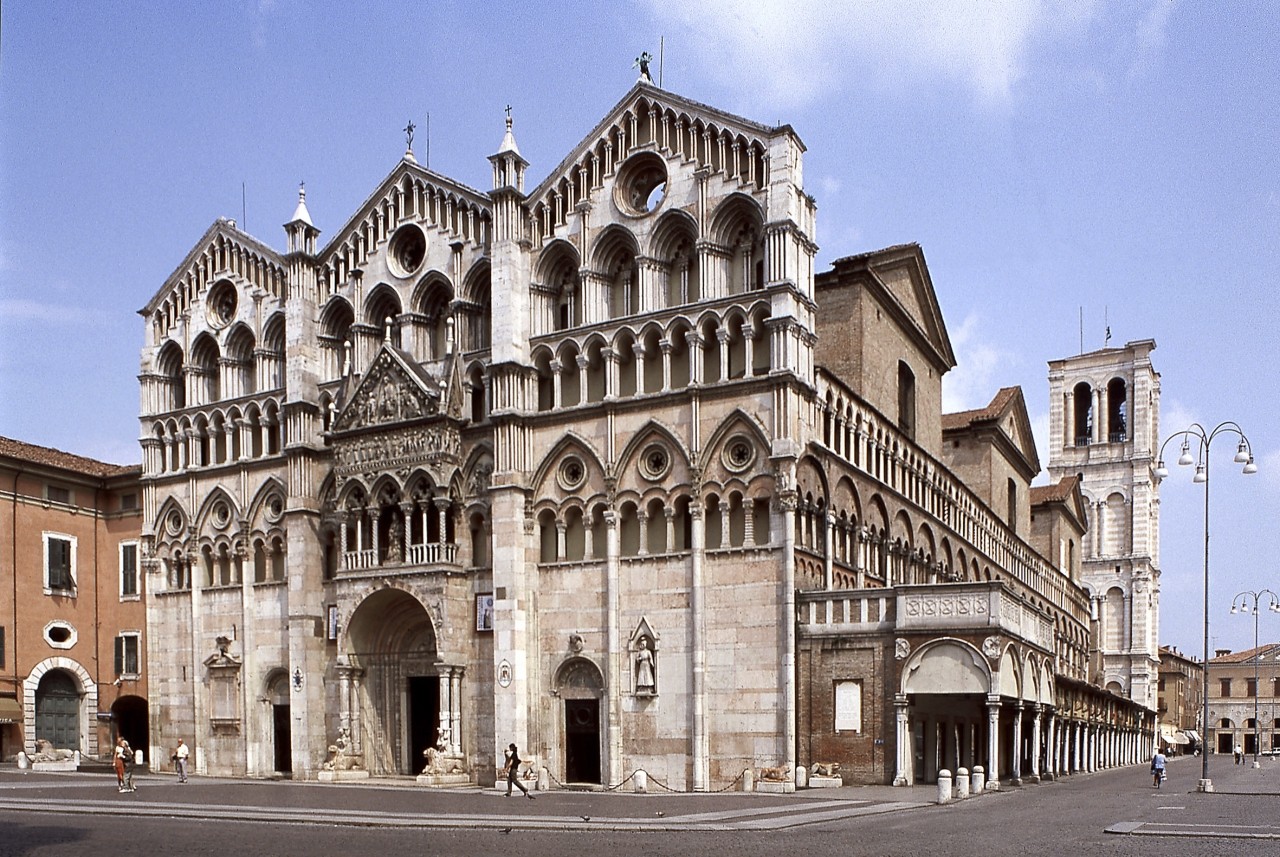




 Architecture
Architecture

 Architecture
Architecture
 Baroque / Rococo architecture
Baroque / Rococo architecture

 Architecture
Architecture
 Neoclassic architecture *
Neoclassic architecture *

 Architecture
Architecture
 Neo-Gothic architecture
Neo-Gothic architecture
 Peru
Peru

 Religion
Religion

Die Kathedrale von Lima oder die Kathedralbasilika St. Johannes (spanisch Catedral Basilika San Juan Apóstol y Evangelista) ist eine römisch-katholische Kirche in Lima, der Hauptstadt Perus. Die Kathedrale des Erzbistums Lima mit dem Apostel und Evangelisten Johannes gewidmet und trägt zusätzlich den Titel einer Basilica minor.
利马圣殿主教座堂(西班牙語:Catedral de Lima)是罗马天主教利马总教区的主教座堂,位于秘鲁利马市中心的武器广场。始建于1535年,此后历经多次重建,但仍保持了西班牙殖民式建筑和立面。供奉圣史若望。西班牙征服者皮萨罗安葬于该堂。

 Architecture
Architecture
 Renaissance architecture
Renaissance architecture

 Architecture
Architecture
 Neoclassic architecture *
Neoclassic architecture *

 Architecture
Architecture
 Neo-Gothic architecture
Neo-Gothic architecture

 History
History
 M 1500 - 2000 AD
M 1500 - 2000 AD
 Mexico
Mexico

 Religion
Religion


 Architecture
Architecture
 Renaissance architecture
Renaissance architecture

 Architecture
Architecture
 Baroque / Rococo architecture
Baroque / Rococo architecture

 History
History
 L 1000 - 1500 AD
L 1000 - 1500 AD

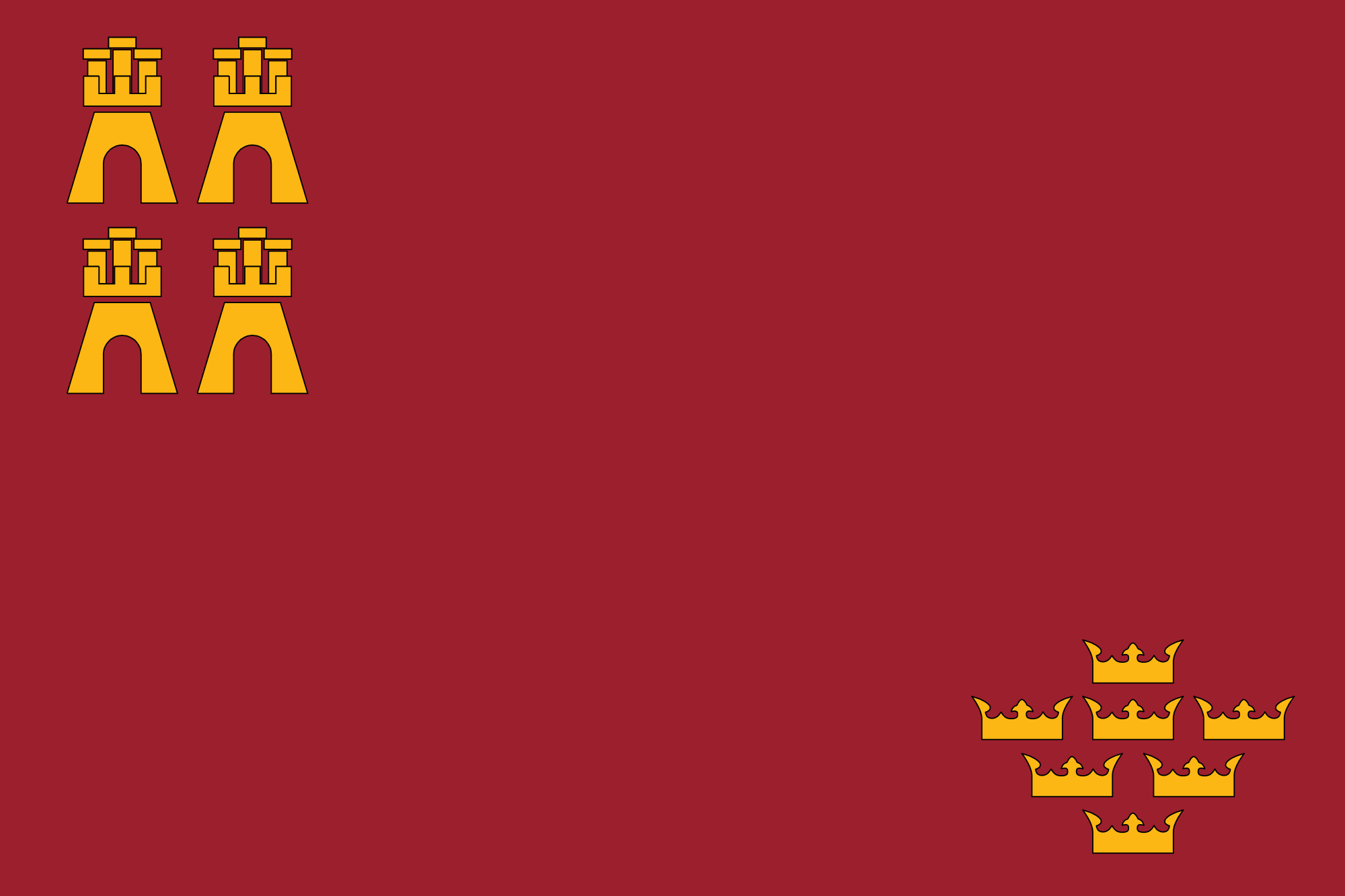 Murcia
Murcia

 Religion
Religion

 Vacation and Travel
Vacation and Travel
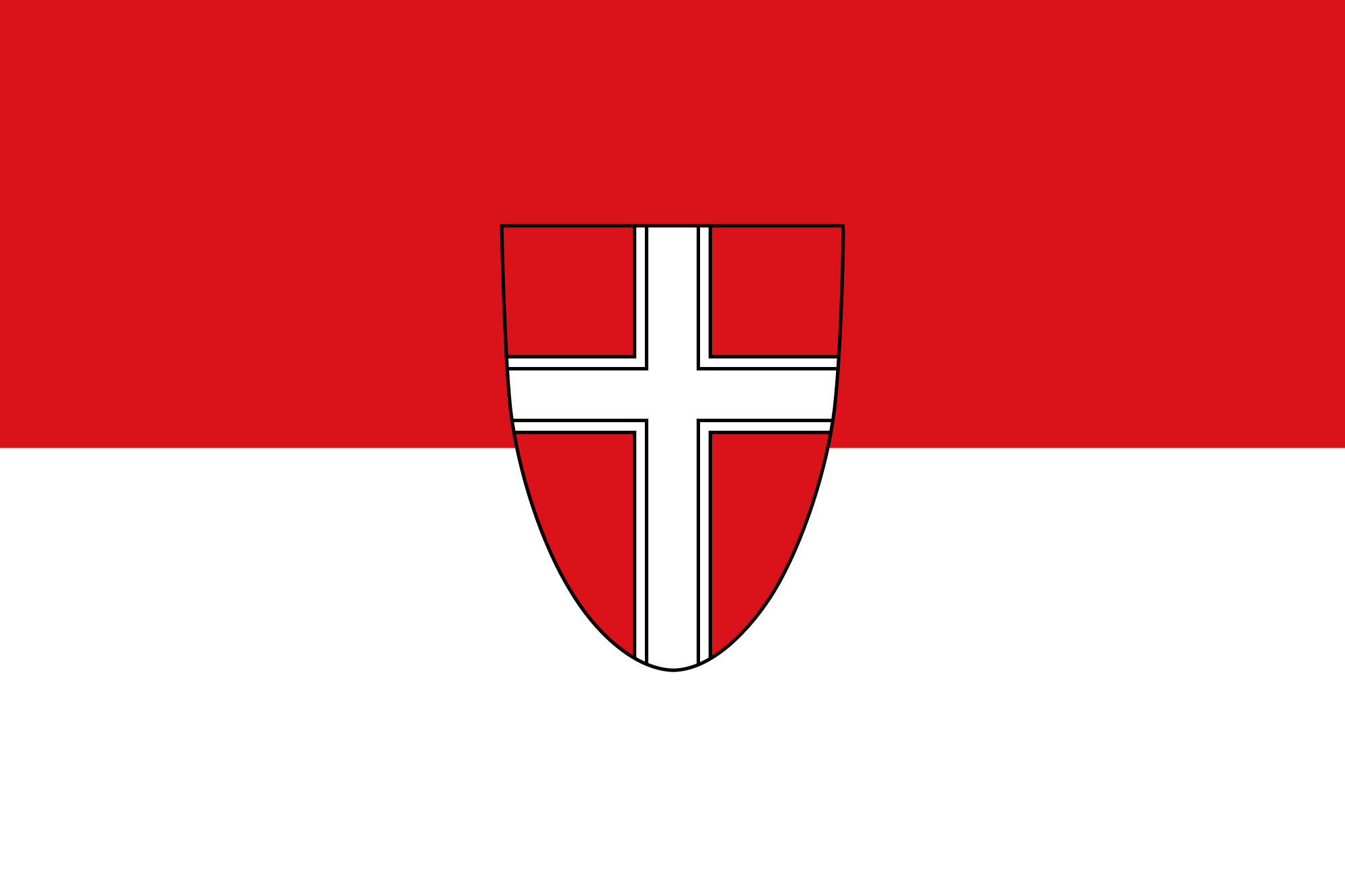 Vienna
Vienna
 Arizona-AZ
Arizona-AZ
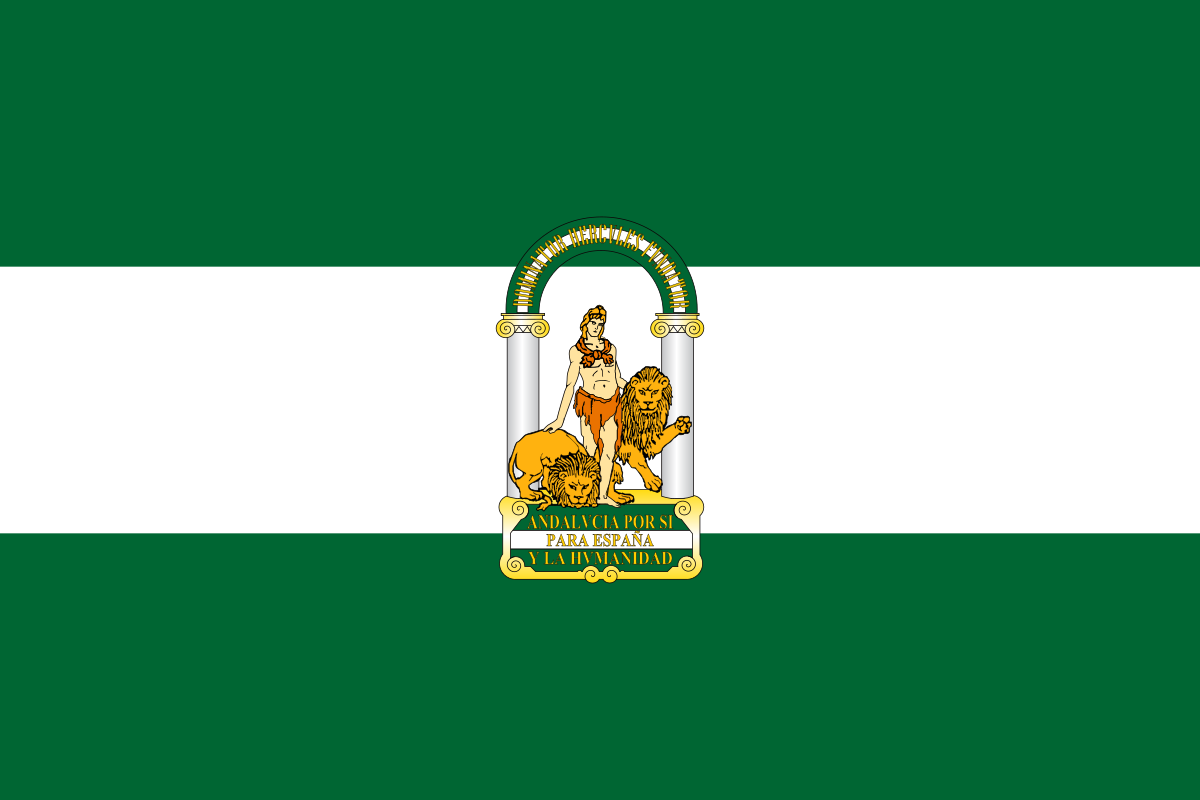 Andalusia
Andalusia
 World Heritage
World Heritage